 N3
N3 与
1. Overview of MeaningThe kanji "与" (yo) primarily means "to give" or "to provide." It is often used in contexts involvi...
 N3
N3 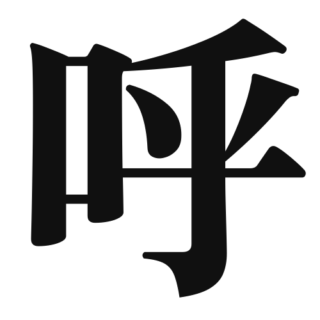 N3
N3  N1
N1 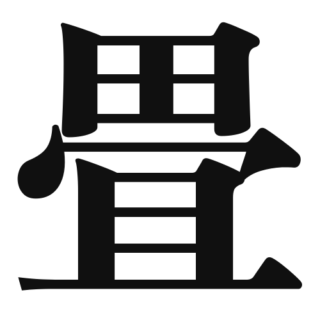 N2
N2 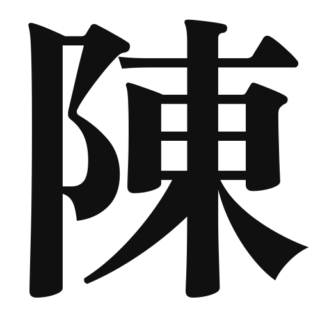 N1
N1 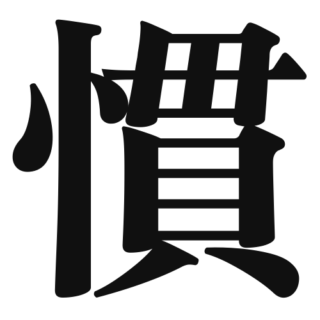 N3
N3 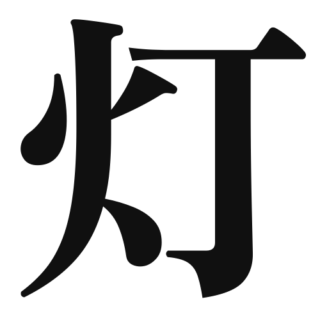 N2
N2 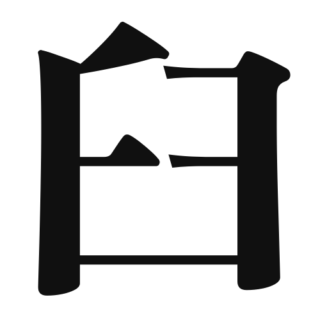 others
others 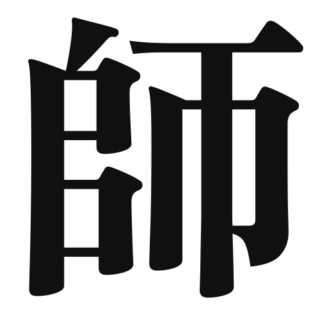 N3
N3 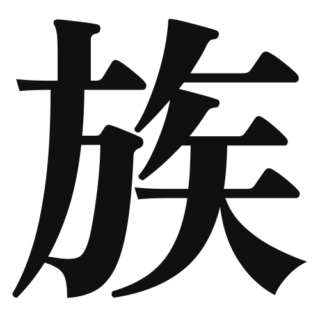 N4
N4